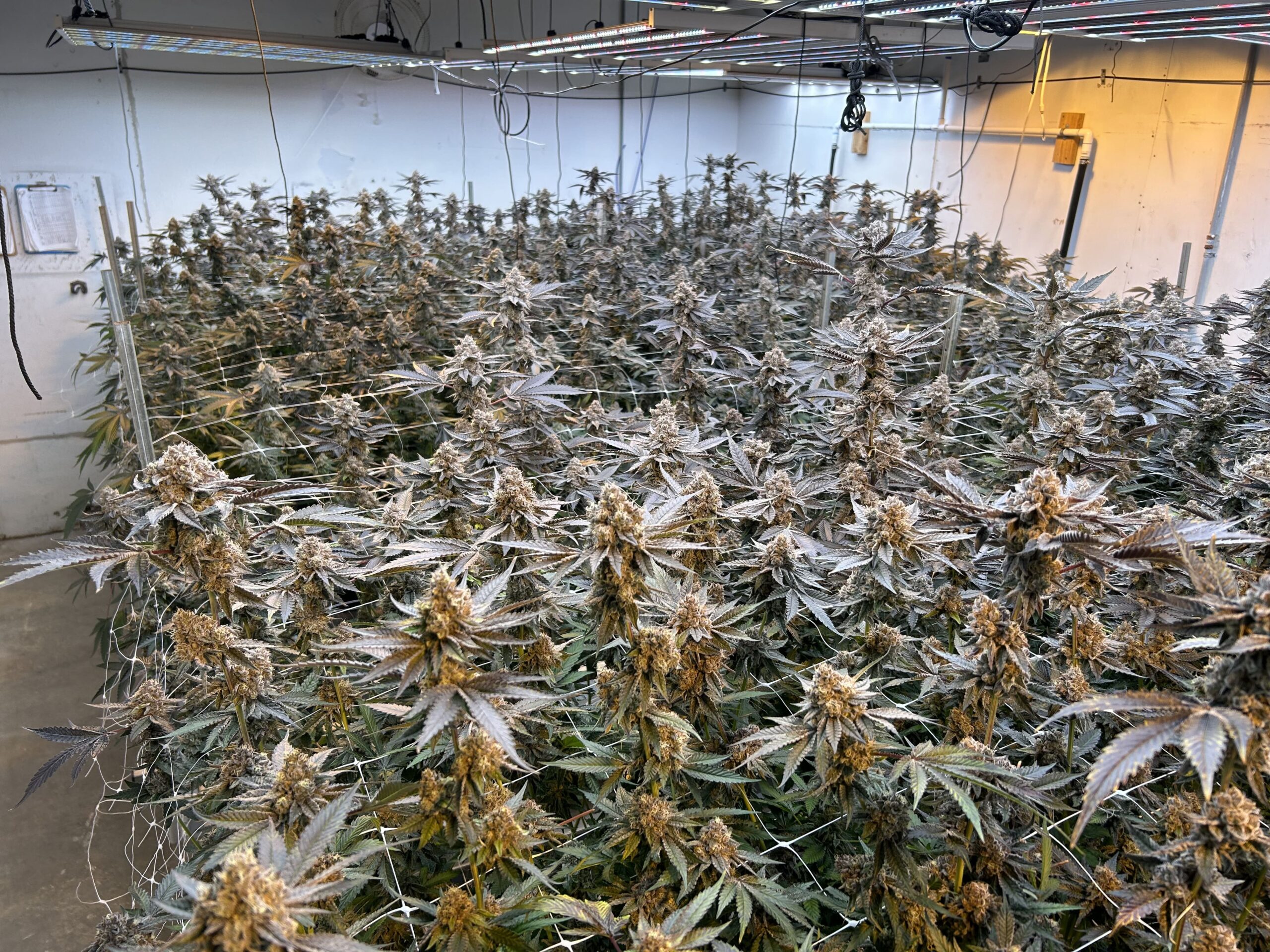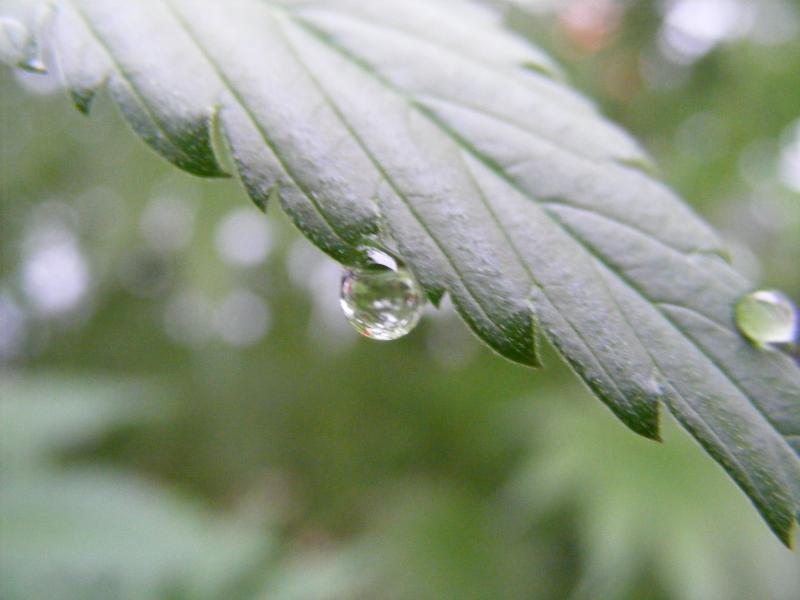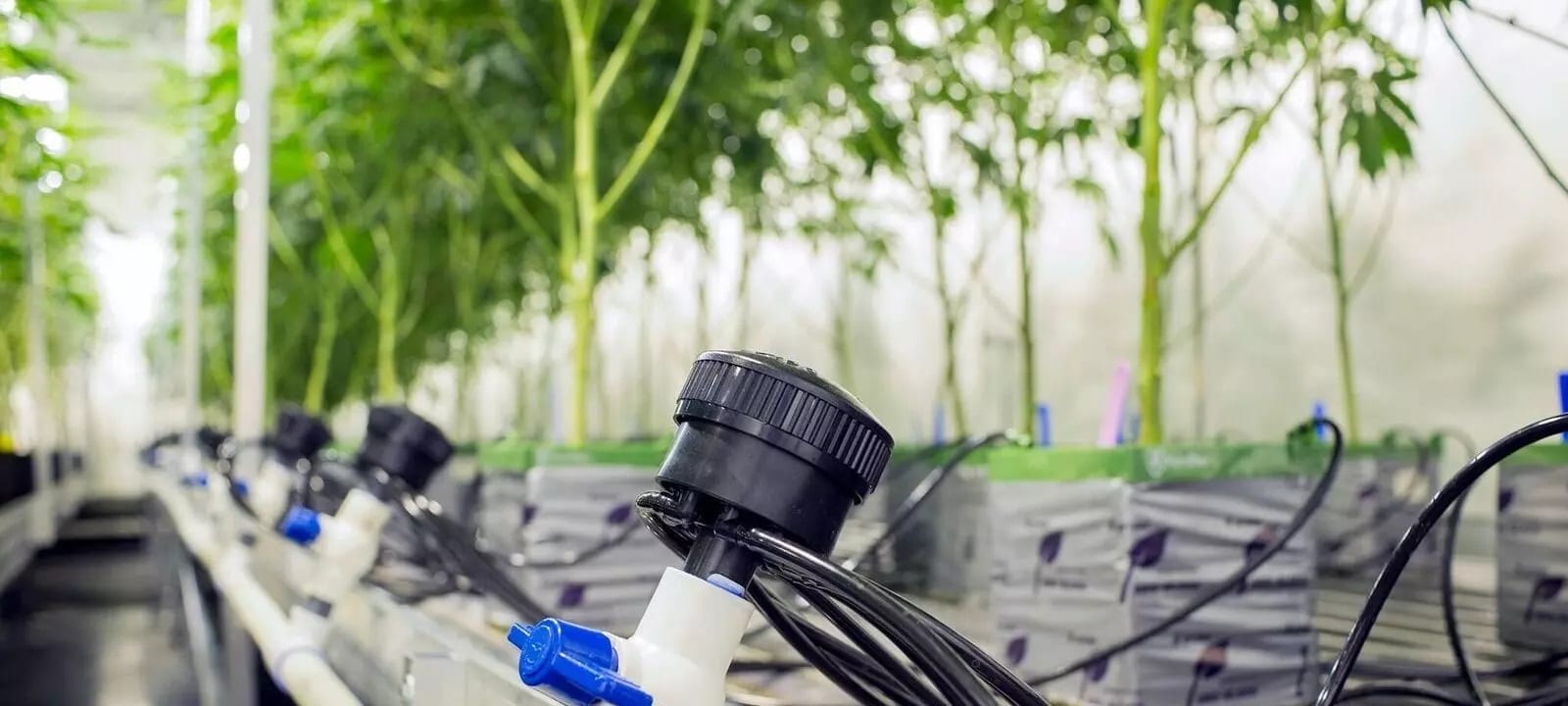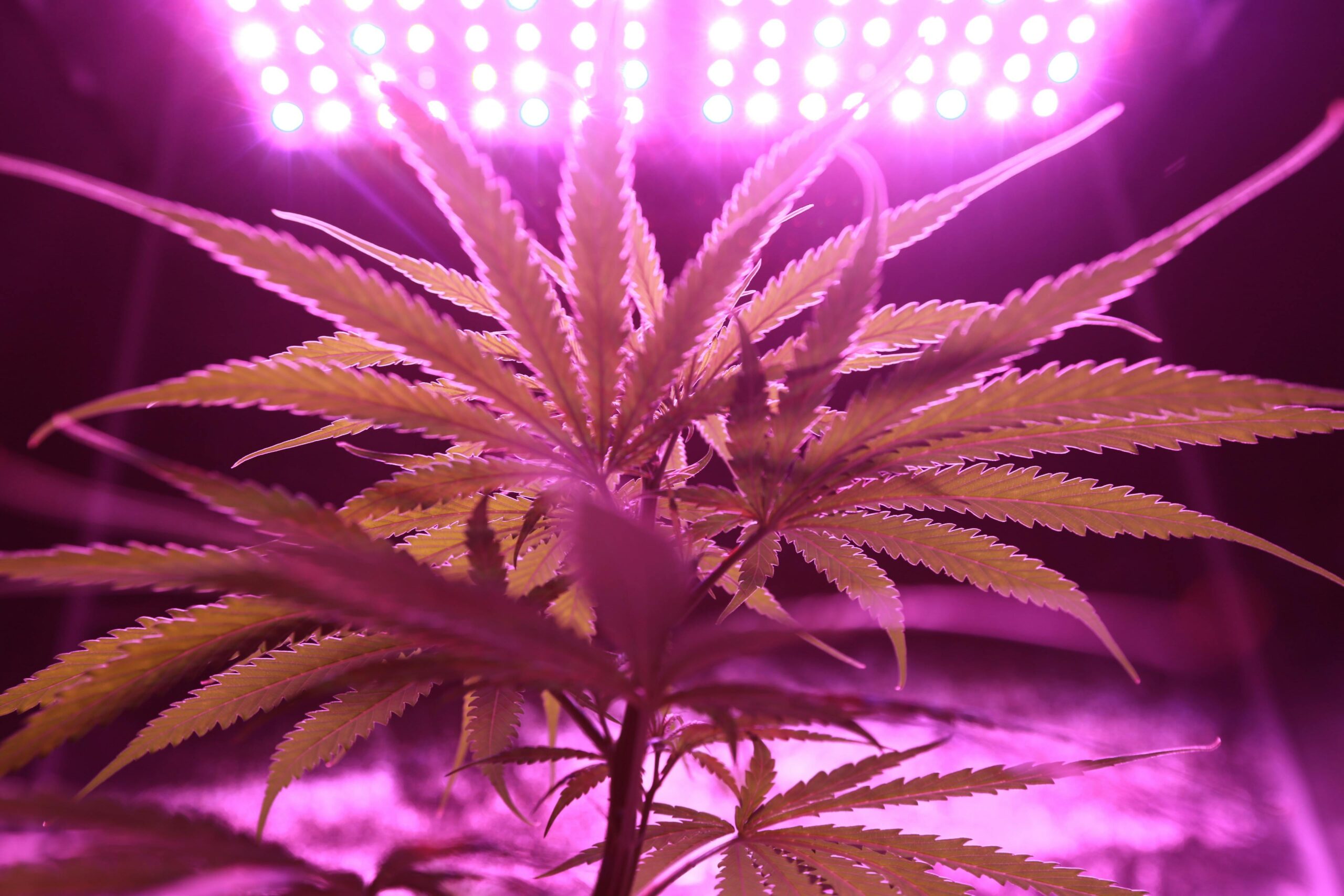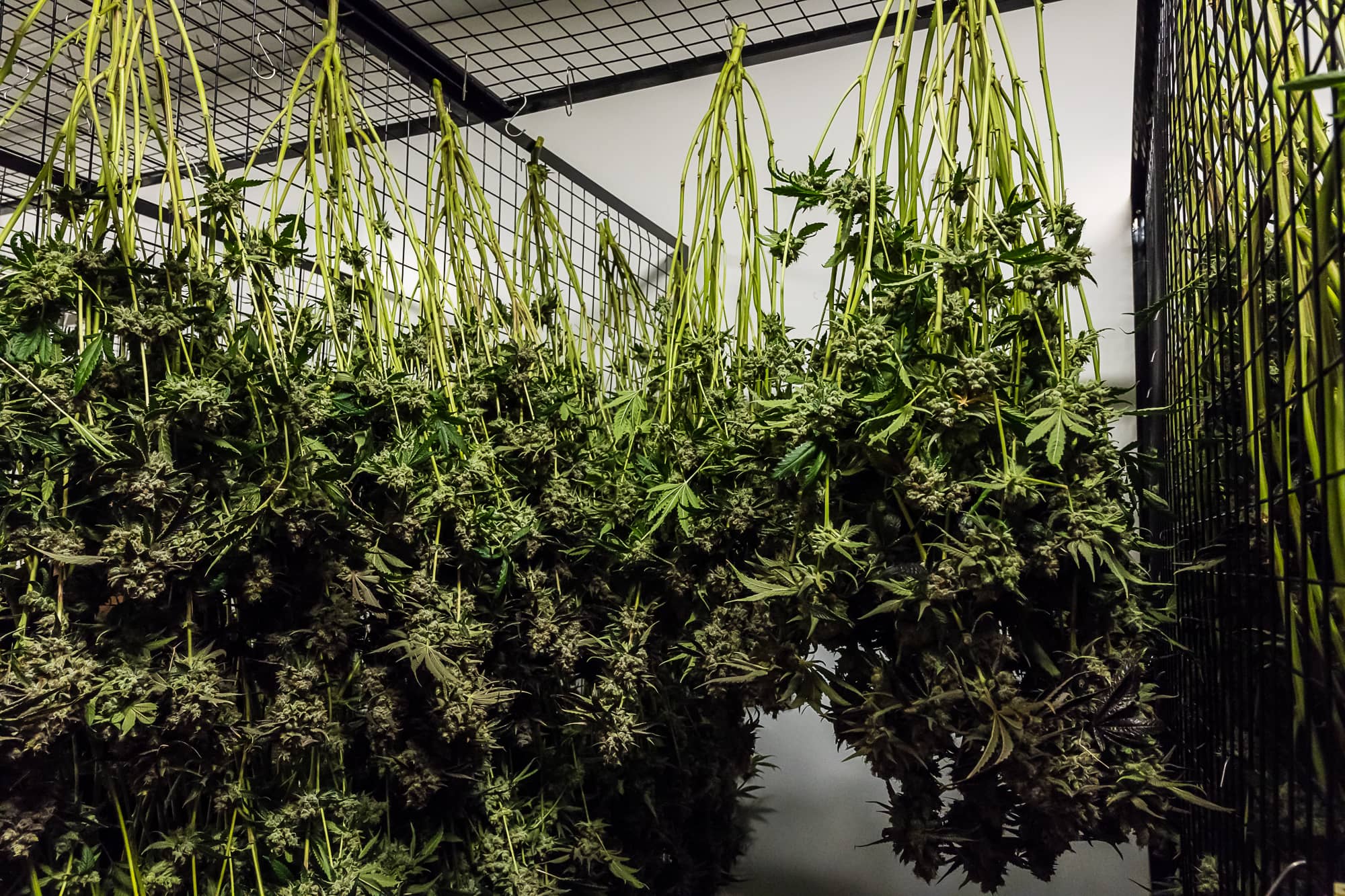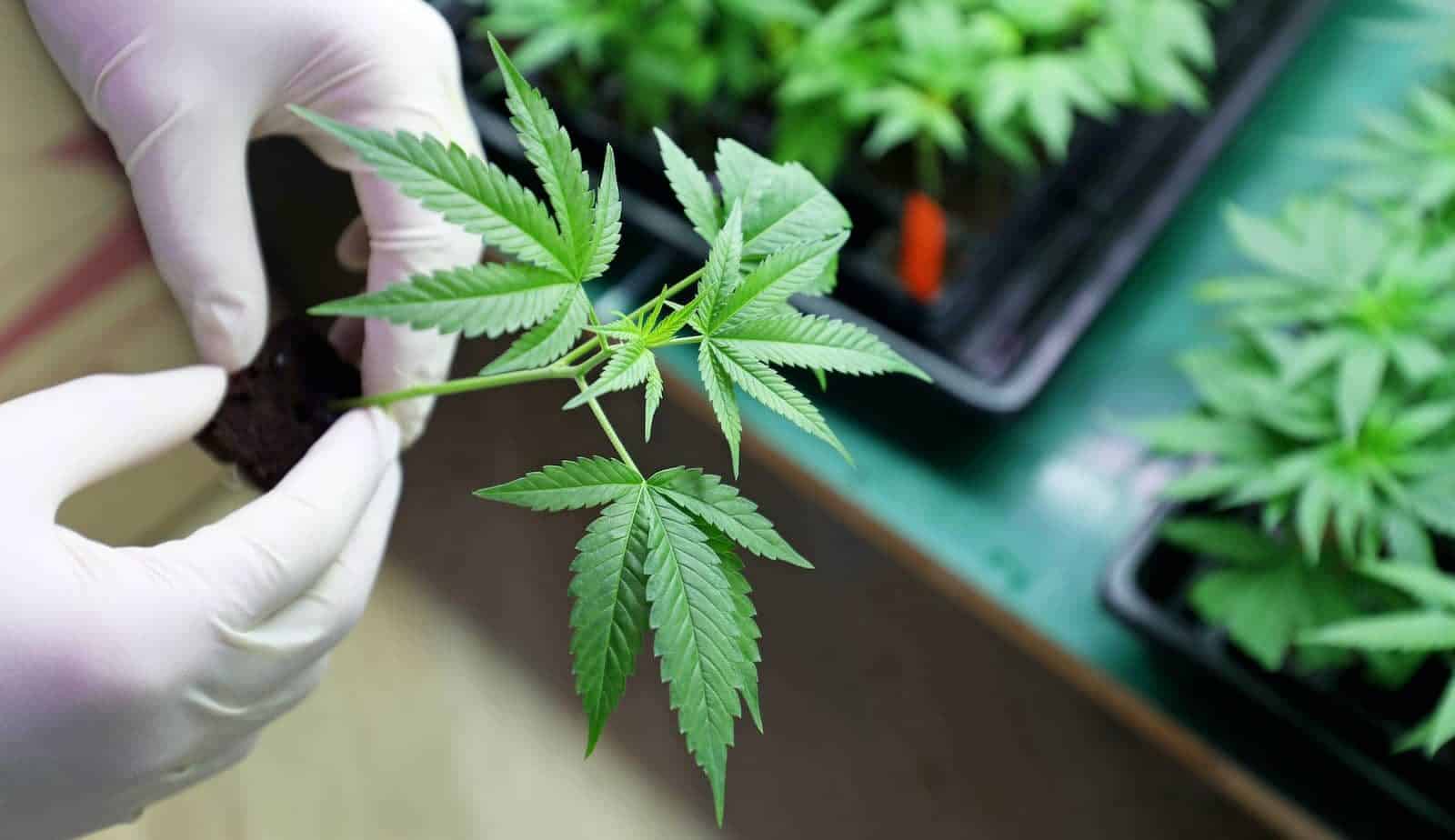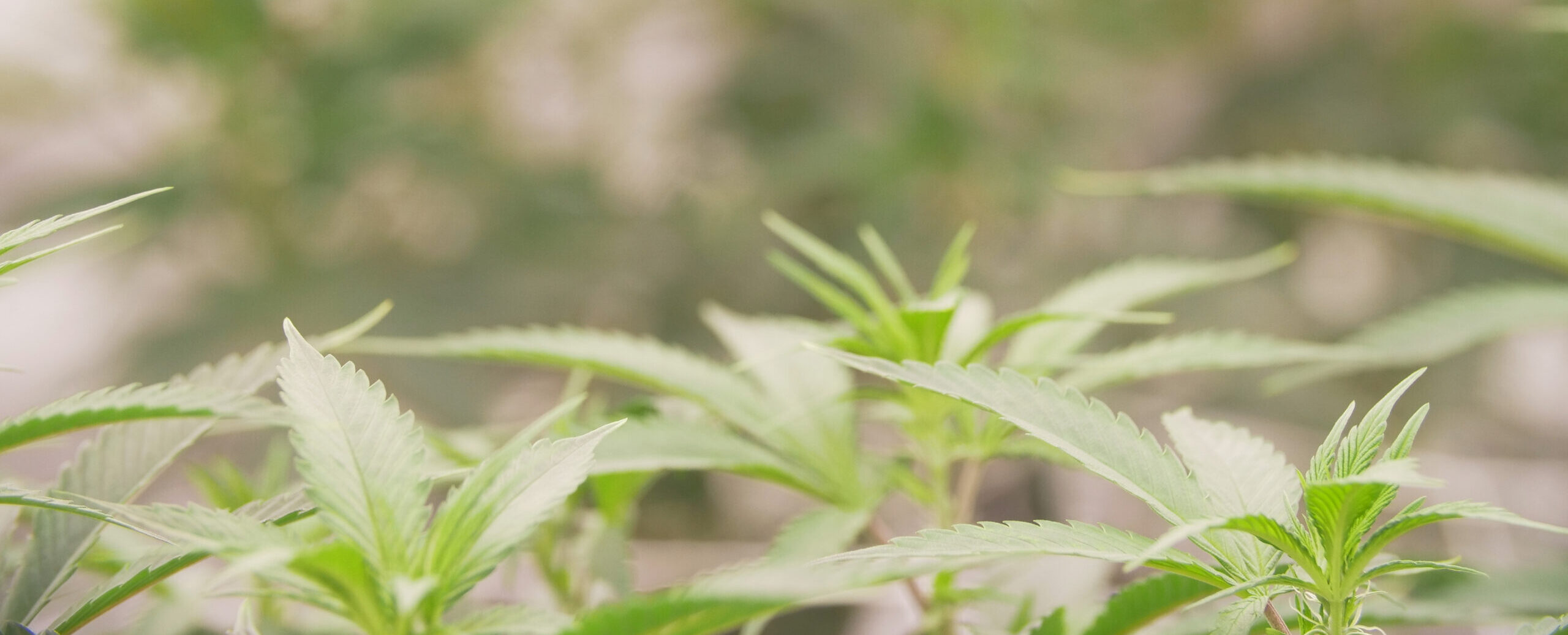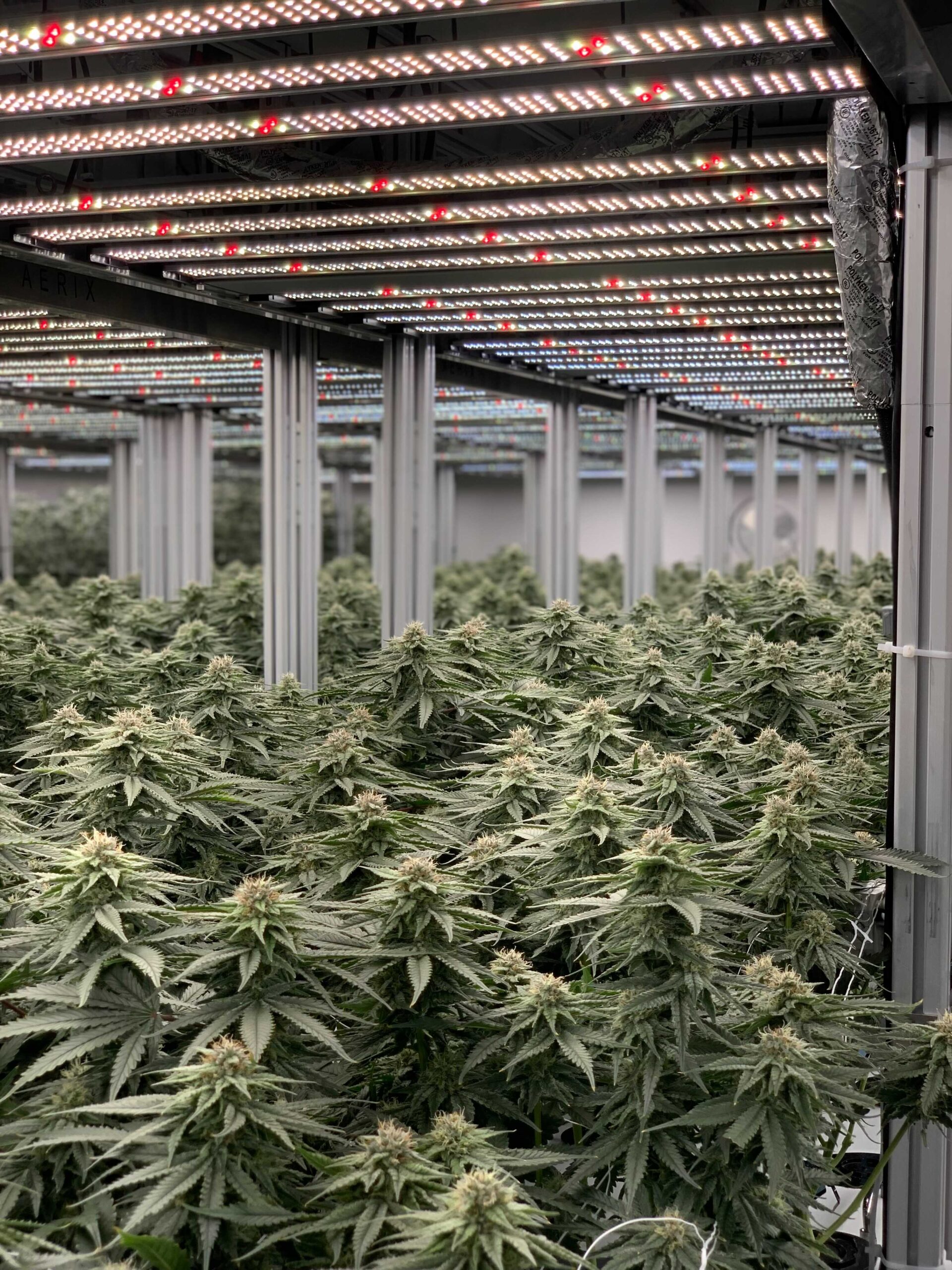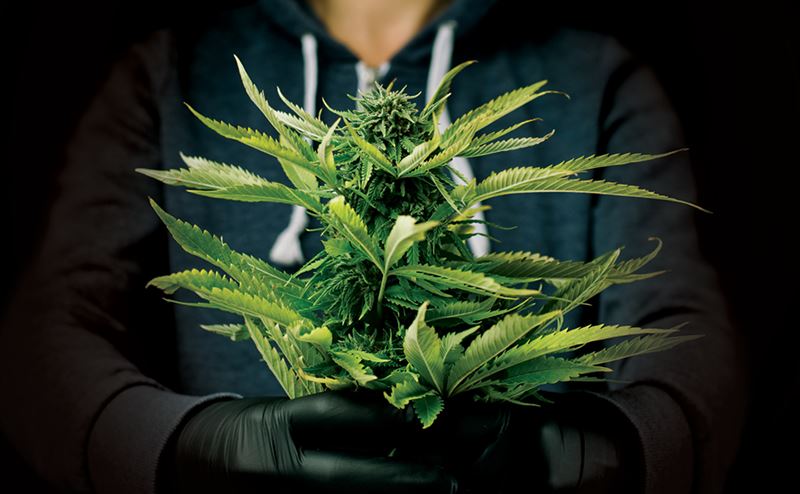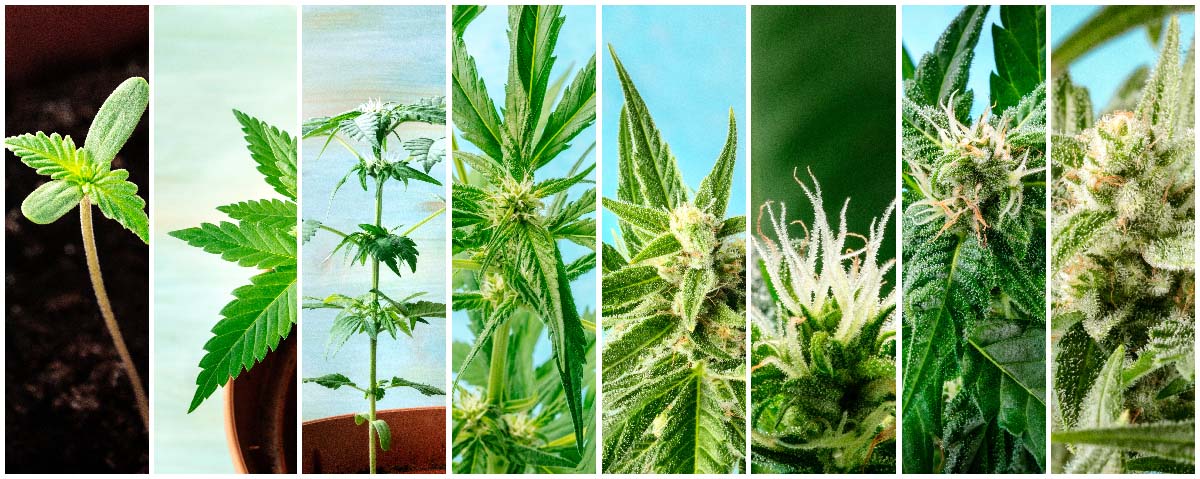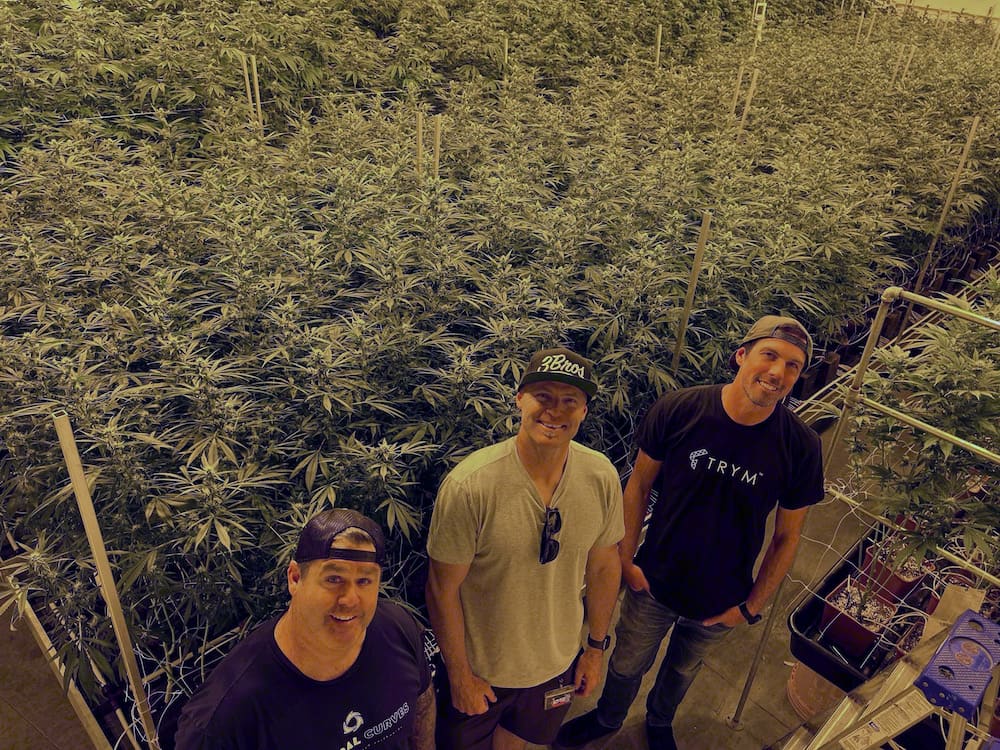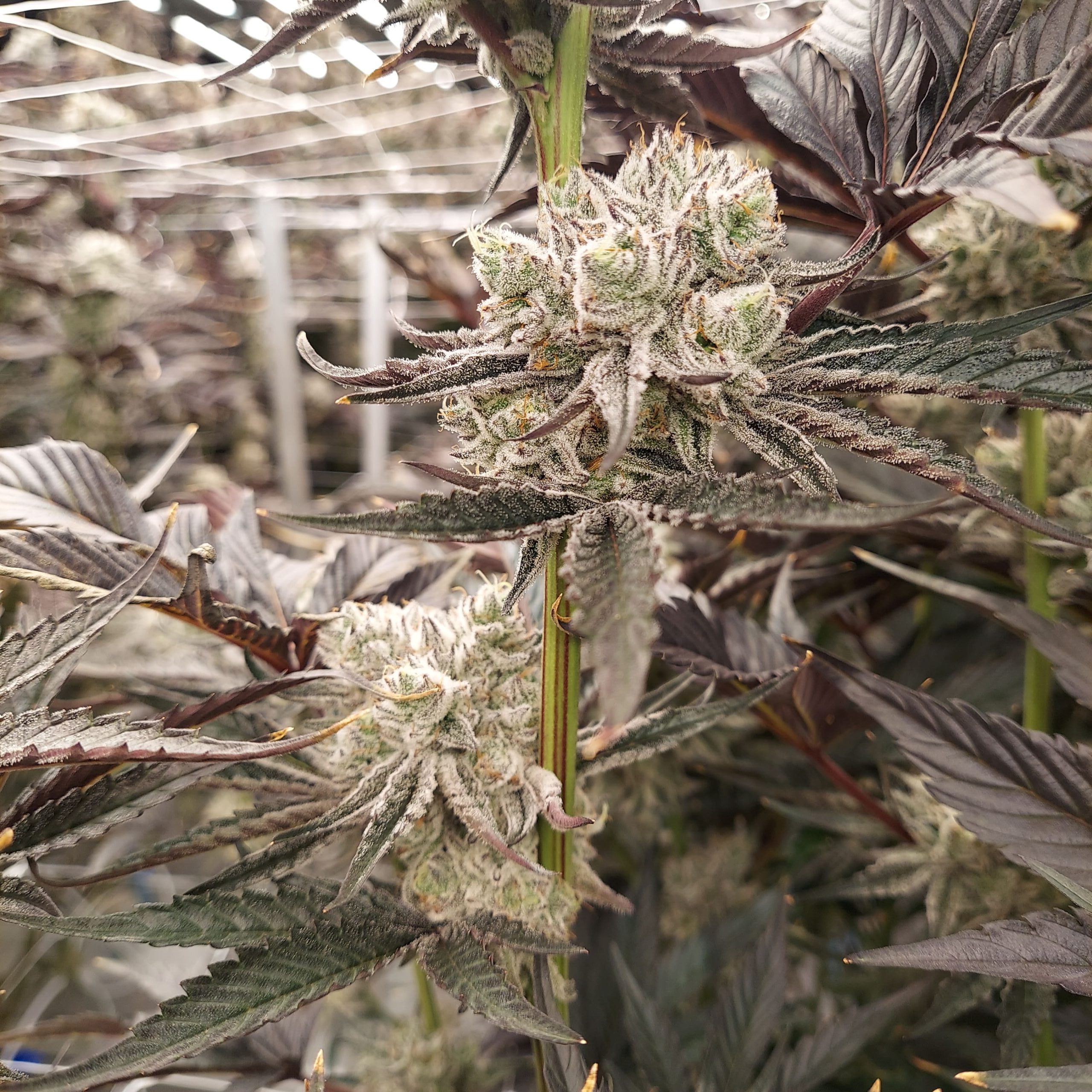Happy Croptober! Fall has brought a change in the weather as well as some updates to the state regs. In case you haven’t reviewed the recent changes, here’s the direct link to California’s Cannabis Department of Control where you can find the full text of updated regulations.
Below is an overview of the recent changes we feel are important for cultivators. As always, be sure to review the updated regulations in full.
Labeling Plants
Previously, each immature plant in a lot (batch) had to be labeled with the lot UID. The new regulations state that:
[…} The lot plant tag shall be visible and within clear view of an individual standing next to the immature lot and kept free from dirt and debris. Each lot shall either:
(A) Have each immature plant in the lot labeled with the UID number and placed contiguous to one another to facilitate identification by the Department;
or
(B) Be fully separated from other lots of immature or mature plants by a physical barrier. In such cases, each individual plant doesn’t need to be labeled with the corresponding UID number.
The language for affixing tags to plants has changed. “Tamper evident strap or zip-tie” has been removed:
(1) Each mature plant shall be tagged with a plant tag. A plant tag shall be attached to the main stem at the base of each plant, placed in a position so it’s visible and within clear view of an individual standing next to the mature plant, and kept free from dirt and debris.
Harvests
The definition of a harvest batch has changed. “Uniform in strain” has been removed:
(1) “Harvest batch” means a specifically identified quantity of dried flower or trim, leaves, and other cannabis plant matter that is harvested at the same time, and, if applicable, cultivated using the same pesticides and other agricultural chemicals.
Harvest batches must now be labelled with their unique batch name when drying:
(a) Harvested plants that are hanging, drying, or curing shall be assigned a unique harvest batch name, which shall be recorded in the track and trace system and placed within clear view of an individual standing next to the batch. The assigned harvest batch name shall match what is in the track and trace system and the harvest batch name next to the batch shall be the same.
Transfers:
Discrepancies in type or quantity of products received shall result in a rejection of the shipment. The regulations seem to state that the shipment can be partially rejected, the discrepant packages:
(d) If there are any discrepancies between type or quantity of cannabis or cannabis products specified in the shipping manifest and the type or quantity received by the licensee, the licensee shall reject the shipment.
(1) If a licensee receives a shipment containing cannabis goods or cannabis products that differ from those listed on the sales invoice or receipt, the licensee shall reject the portion of the shipment that is not accurately reflected on the sales invoice or receipt.
WASTE MANAGEMENT:
Some additional information will be needed anytime cannabis waste is recorded.
If cannabis or cannabis products are being destroyed or disposed of, the licensee shall record the following information in the notes section:
(A) The name of the employee performing the destruction or disposal.;
(B) The reason for destruction or disposal.; and
(C) The method of disposal.
Trade Samples:
Cultivators, amongst other licensee types, may now provide trade samples to some other license types. Licensees who receive trade samples may provide the trade samples to their own employees for inspection or consumption. The transfer and providing of trade samples to employees must be recorded in METRC. Testing and packaging requirements remain the same, additionally: TRADE SAMPLE. NOT FOR RESALE OR DONATION.” must be printed and affixed to the trade sample. Trade samples are also limited in quantity and number of strains that that can be given out to a single licensee.
(a) For the purposes of this division, “trade sample” means a limited amount of cannabis goods that has been designated by a licensee to be provided to other licensees for the purposes of targeted advertising.
(b) Cannabis goods that have been designated as trade samples may be provided from one licensee to another licensee for the purpose of providing the recipient licensee with product information to aid in making purchasing decisions about new or existing cannabis goods.
(c) Live plants and seeds cannot be designated or provided to licensees as trade samples.
(f) A licensee may provide cannabis goods that have been received from another licensee as a trade sample to an employee for that employee’s inspection or consumption.
(g) Cannabis goods provided to employees as trade samples must be properly recorded in the track and trace system. The transaction shall be recorded as a package adjustment when provided to the employee. The adjustment note must include the name or licensee-assigned employee number of the employee and the date and time the cannabis goods were provided to the employee.
(a) A licensee is limited to designating the following aggregate amounts of cannabis
goods as trade samples in a calendar month period:
(1) For cannabis in the form of dried flower, a total of two pounds; and
(2) For manufactured and non-manufactured cannabis products, a total of 900 individual units.
(1) For cannabis in the form of dried flower, five (5) grams per strain and no more than six (6) strains to each recipient licensee; and
(2) For manufactured and non-manufactured cannabis products, five (5) individual units, as packaged for retail sale, per cannabis product line and no more than six (6) individual cannabis product lines to each recipient licensee.

